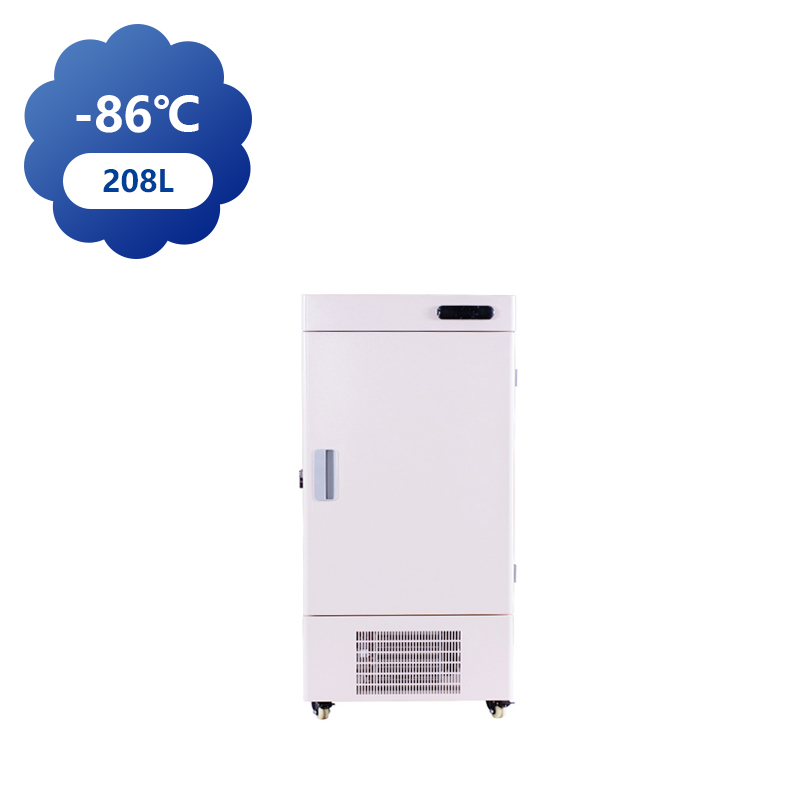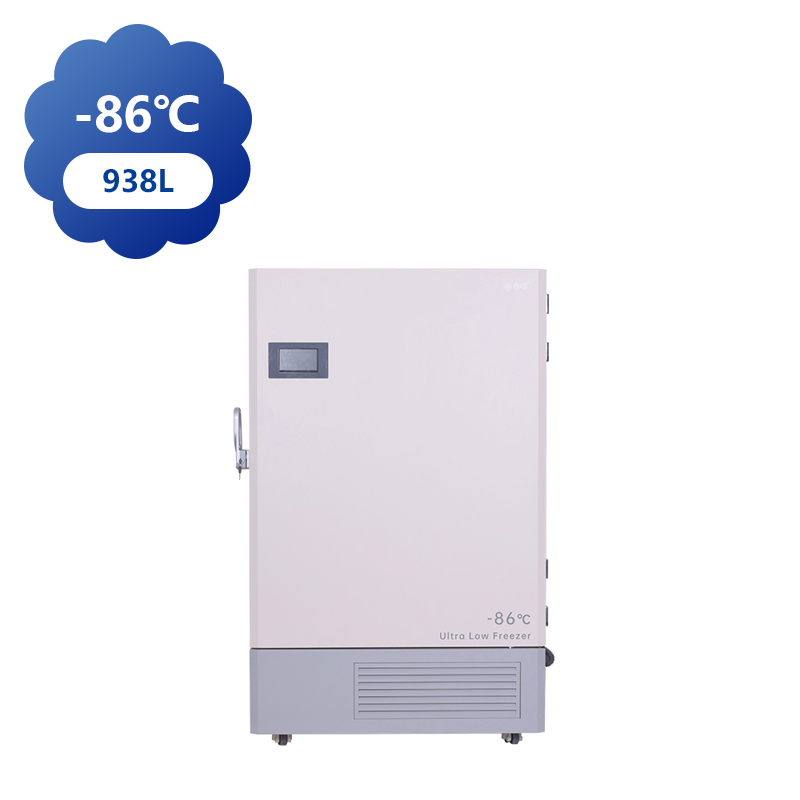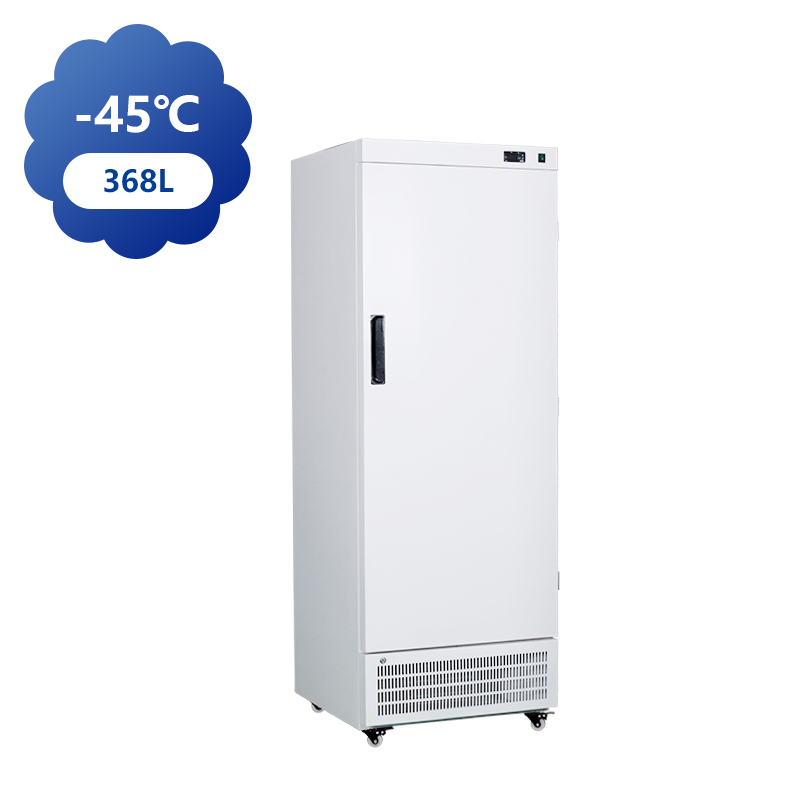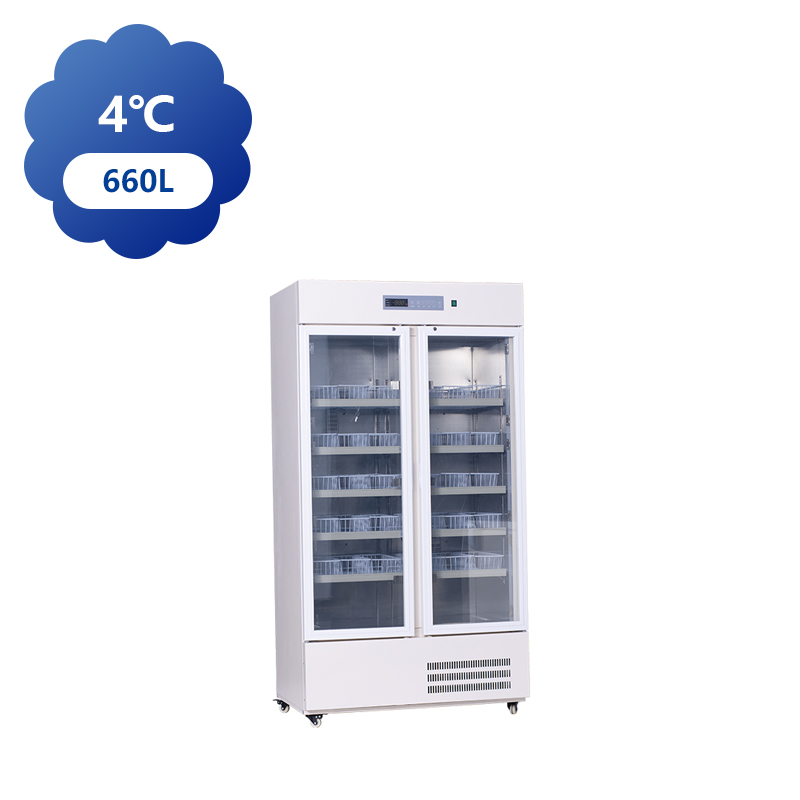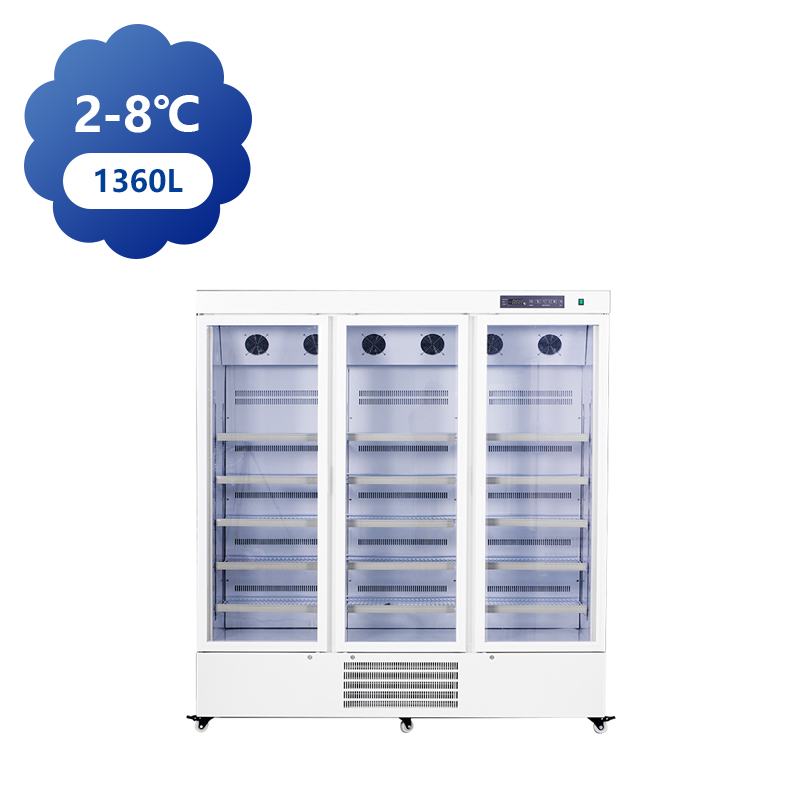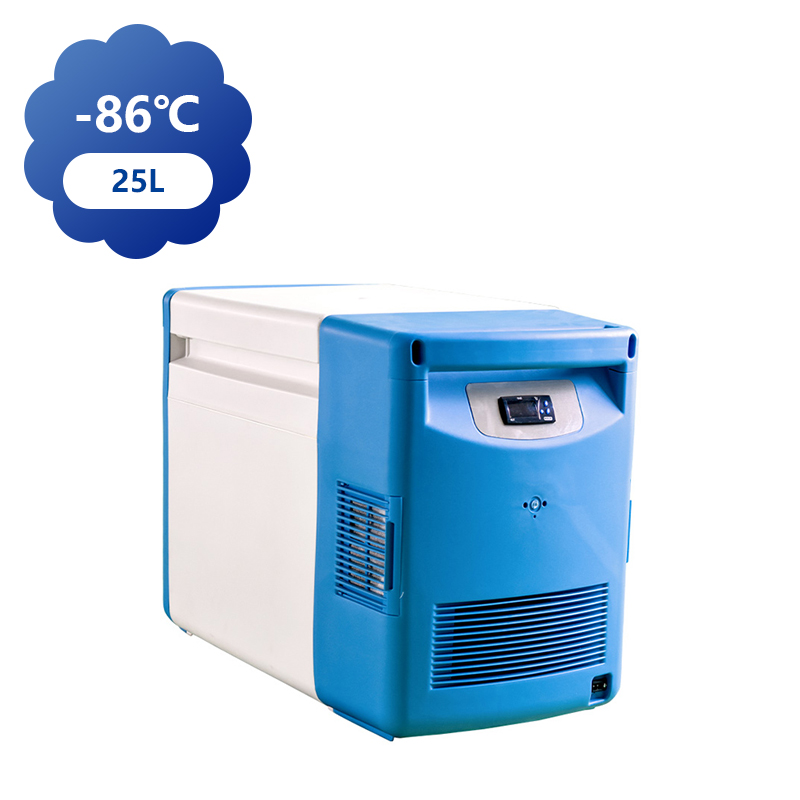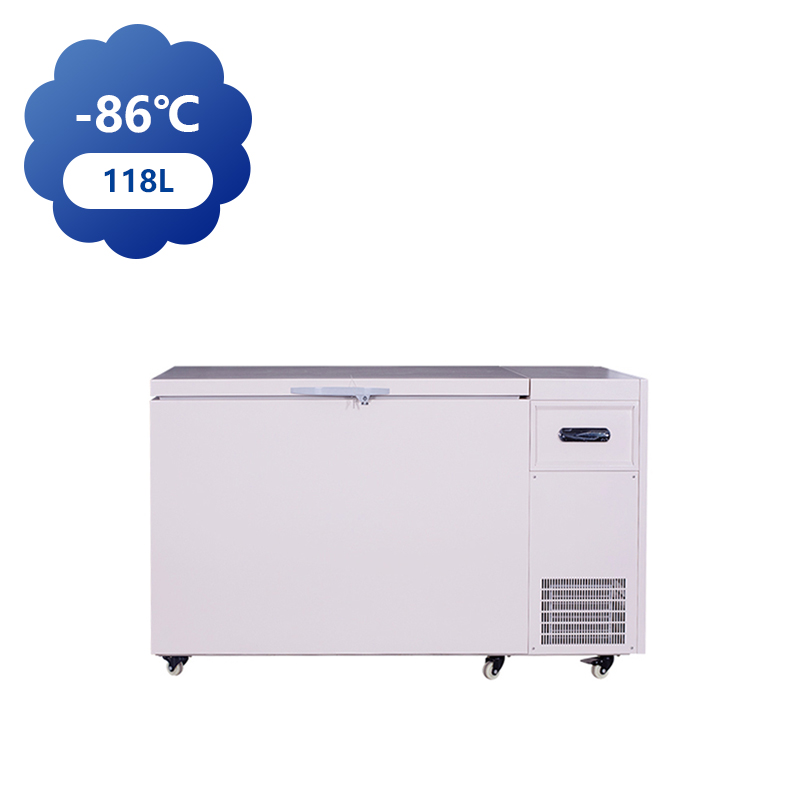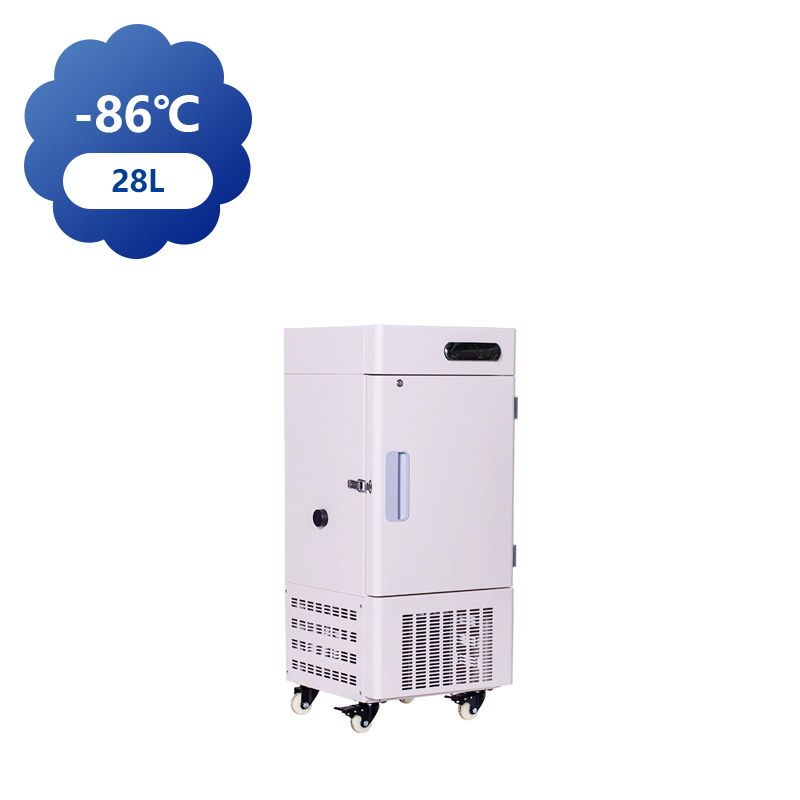You can contact to me using this form.
A small deep cold cryo freezer is a specialized appliance designed to store materials at low temperatures, typically ranging from -40°C to -80°C. These freezers are used primarily in scientific research, medical laboratories, and pharmaceutical applications to preserve biological samples, such as blood, tissues, and cells, as well as other sensitive materials like vaccines and enzymes. The design and composition of a cryo freezer are essential to maintaining the integrity of these materials.
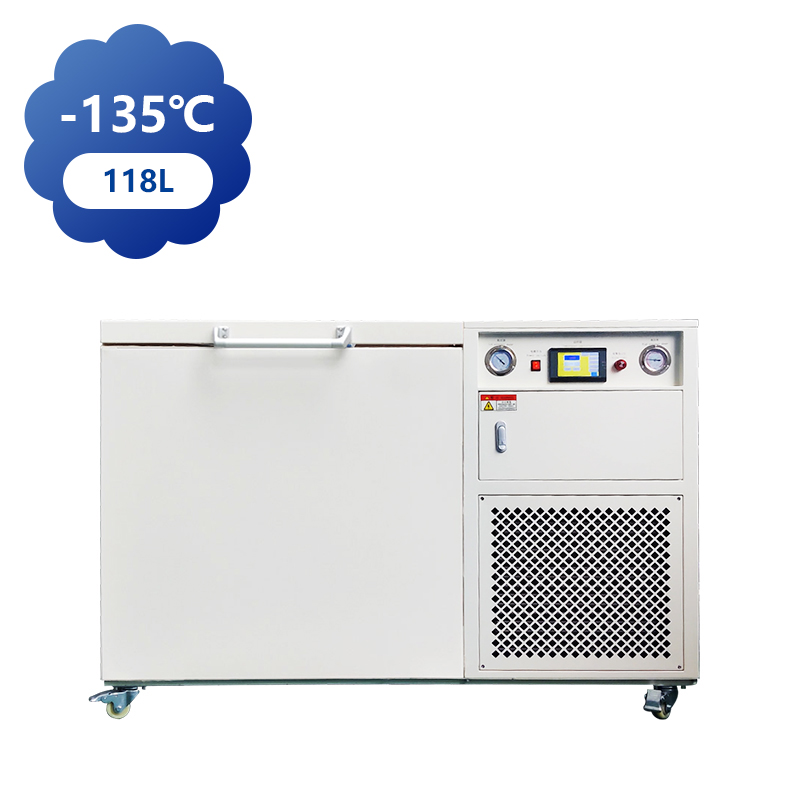
The insulation system is one of the critical components of a cryo freezer. To maintain such low temperatures, the freezer's walls are insulated with high-quality materials that minimize heat transfer. Materials like polyurethane foam or vacuum insulation panels are commonly used. This insulation prevents the cold air from escaping, ensuring energy efficiency and stable internal conditions.
At the heart of the freezer lies the cooling mechanism. Cryo freezers typically use advanced compressor refrigeration systems that include a compressor, condenser, evaporator, and expansion valve. These components work together to lower the internal temperature effectively. The compressor pressurizes refrigerant gases, which then release heat in the condenser before entering the evaporator coil, where the temperature drops rapidly. The expansion valve controls the refrigerant flow, maintaining the precise cold required for storage.
An essential part of the cryo freezer's operation is the temperature control system. This includes thermostats, temperature sensors, and a digital control panel. The thermostat ensures that the freezer operates within the desired temperature range, while the sensors monitor real-time conditions and send feedback to the control panel, which allows for adjustments if needed. Some models also incorporate alarms to notify users in case of temperature deviations.
Blood storage fridges, also known as blood bank refrigerators, are designed to keep donated blood and blood products at a stable, controlled temperature, usually between 2°C and 6°C, to maintain their viability for transfusion. The construction and functionality of these fridges are specifically tailored to ensure the safe storage of blood components, which can degrade if not kept within the correct temperature range.
The primary component of a blood storage fridge is its insulated cabinet. Similar to a cryo freezer, blood fridges are built with high-grade insulation to maintain stable temperatures. The insulation ensures that the internal temperature remains constant even when external conditions fluctuate. The cabinet is usually made of stainless steel for durability and easy cleaning, which is essential for maintaining hygiene.
Inside the fridge, shelving systems are carefully designed to hold blood bags securely and to allow for proper airflow. The shelves may be adjustable to accommodate different blood storage formats. Some models also feature special blood bag racks to ensure that the bags are stored upright and separated for air circulation.
The refrigeration system is another essential part of the blood storage fridge. Like other refrigeration units, the system consists of a compressor, condenser, and evaporator. However, the cooling process in a blood storage fridge is more delicate to ensure that the blood is not frozen or exposed to temperature fluctuations that could damage it. The compressor regulates the temperature, while the condenser helps dissipate heat. The evaporator ensures the cooling process remains consistent, maintaining the fridge's desired temperature.
The temperature control system is highly precise and integral to the fridge's operation. It includes temperature sensors and a digital control panel to monitor and adjust the internal temperature in real-time. These fridges are often equipped with alarm systems to alert personnel if the temperature deviates from the safe range. Additionally, some advanced models include data logging features that record temperature history, which is important for regulatory compliance and quality assurance.



 中文简体
中文简体 English
English Français
Français عربى
عربى +86-15988502726(wechat)
+86-15988502726(wechat)